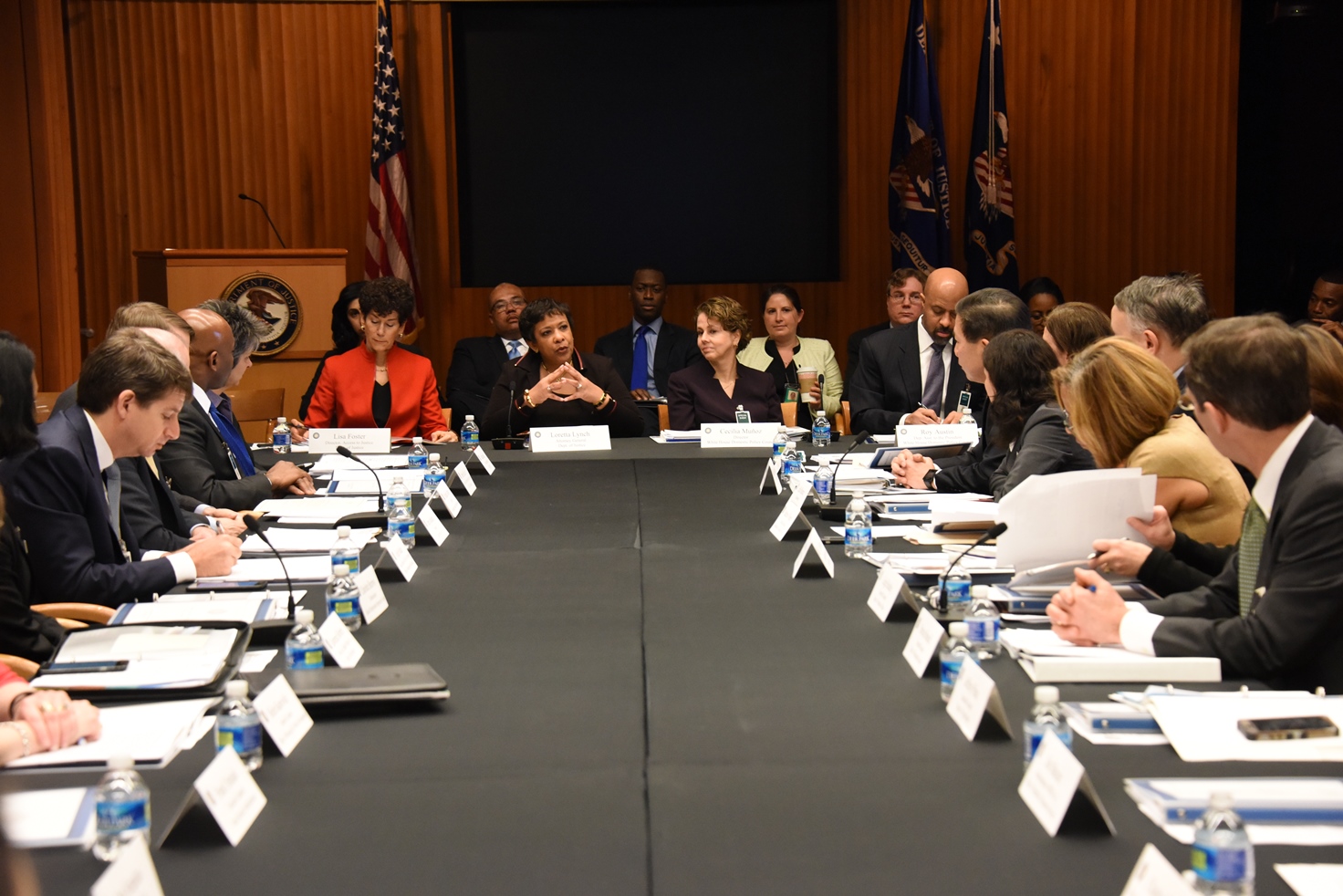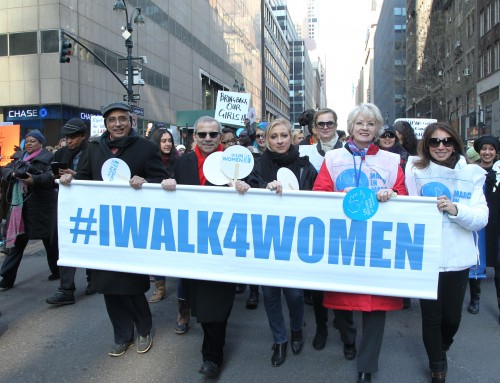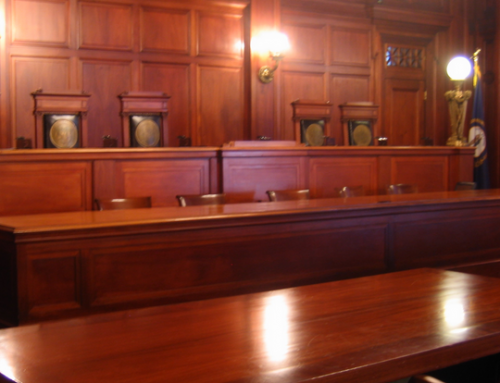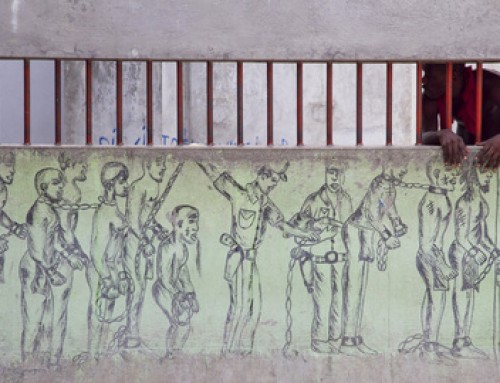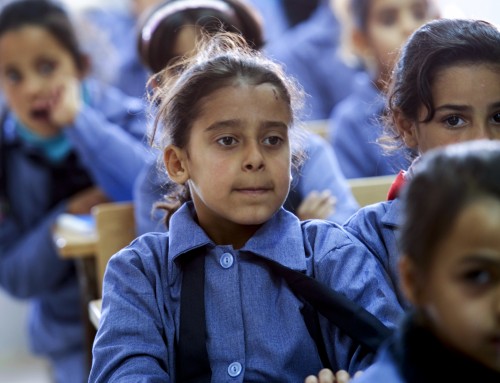Project Description
On September 24, 2015, President Obama issued a Presidential Memorandum formally establishing the White House Legal Aid Interagency Roundtable (“LAIR”). This effort co-led by the White House Domestic Policy Council (DPC) and the U.S. Department of Justice (DOJ) explores ways in which legal aid can support Federal efforts to promote access to health services, housing, education, employment, family stability, and public safety.
Description
Staffed by the Office for Access to Justice—a DOJ office launched in 2010 to help spearhead national efforts to expand access to civil legal aid and criminal indigent defense—LAIR is comprised of 21 collaborating Federal agency partners.
The Presidential Memorandum describes the LAIR’s Mission and Function as follows:
(a) The LAIR shall work across executive departments, agencies, and offices to:
(i) improve coordination among Federal programs that help the vulnerable and underserved, so that those programs are more efficient and produce better outcomes by including, where appropriate, legal services among the range of supportive services provided;
(ii) increase the availability of meaningful access to justice for individuals and families, regardless of wealth or status;
(iii) develop policy recommendations that improve access to justice in Federal, State, local, tribal, and international jurisdictions;
(iv) assist the United States with implementation of Goal 16 of the United Nation’s 2030 Agenda for Sustainable Development; and
(v) advance relevant evidence-based research, data collection, and analysis of civil legal aid and indigent defense, and promulgate best practices to support the activities detailed in section 4(a)(i)-(iv).
(b) The LAIR shall report annually to the President on its success in achieving its mission, consistent with the United Nation’s 2030 Agenda for Sustainable Development. The report shall include data from participating members on the deployment of Federal resources that foster LAIR’s mission.
LAIR’s work is premised on the recognition that applying the power of legal services to meet federal objectives creates more opportunities for Americans to climb the ladder of opportunity to the middle class. LAIR’s members have worked diligently to determine which programs that help the vulnerable and underserved would better achieve their goals by including legal aid.
Key results
A sampling of LAIR’s accomplishments includes:
* More than two dozen grants involving reentry, access to health care, citizenship, homeless veterans, and other Federal priorities, have been clarified to allow legal services that further program goals;
* More than two dozen webinars and other presentations to Federal grantees, the civil legal aid community, and Federal agency staff about how legal aid advances Federal priorities;
* New training and technical assistance opportunities for civil legal aid;
* New research about civil legal aid;
* Launch of the Roundtable’s Toolkit on the Department of Justice’s website, an online resource guide containing useful information about civil legal services, and how those services can help advance a broad array of Federal objectives (www.justice.gov/lair);
* International engagement by highlighting the Roundtable’s efforts through activities related to the Universal Periodic Review (UPR) of the United States by the United Nations Human Rights Council, such as a civil society consultation on access to justice in April 2014 and reporting of the Roundtable’s efforts as examples of domestic human rights activities in the United States’ 2015 UPR submission;
* Including the Roundtable as an access to justice initiative in the United States’ Third National Action Plan for the Open Government Partnership; and
* The 2014 Government Service Award from the National Legal Aid & Defender Association.
Key lessons learnt
Raising awareness about the vital role of civil legal aid is critically important because research demonstrates the majority of low- and moderate-income Americans do not see the challenges they are encountering as legal problems – frustrating efforts to match people with appropriate services. A family may be concerned about unsafe housing conditions or a son being expelled from school, but they often see these as personal or social problems, or just bad luck, whereas a civil legal aid lawyer may be able to identify a legal solution. Research also shows poor people are twice as likely as their moderate-income counterparts to do nothing to address their civil justice problems, even though they may need the help even more. And it is not just the poor who overlook the potential for civil legal aid; it is also those who seek to help them. Federal policymakers can play a valuable role in raising awareness because they can get information to the people who need help, as well as to the nonprofit and government grantees and partners that help carry out Federal programs and initiatives.
While there is still a need for further research on the impact of having access to civil legal aid, many studies show that people who get legal help, across a range of problems, receive better outcomes than people who do not. For example, in housing cases, a randomized control trial found that 51% of tenants in eviction proceedings without lawyers lost their homes, while only 21% of tenants with lawyers lost possession; and the research of two economists indicates that the only public service that reduces domestic abuse in the long term is women’s access to legal assistance.
Ensuring access to legal solutions can not only improve outcomes for those who would seek assistance, but it can also save public dollars in the long term, by preventing problems like homelessness or health issues, that can be extremely costly and harmful to individuals and the public.
Other relevant information
The White House Legal Aid Interagency Roundtable’s Toolkit is available at www.justice.gov/lair.

